BASF, SABIC, Trinseo, and EMS Launch New Automotive Plastics! Who Will Be the Strongest in the Plastic Industry?
Recently, a new commercial vehicle plastic gas tank launched by BASF has grabbed the headlines in the plastic industry. Upon closer search, it is found that BASF has released multiple products related to automotive plastics, indicating its deep involvement in the automotive sector. Some time ago, Plastics Vision dedicated an article to introduce BASF's latest layout in the automotive field, (more:BASF "fires three arrows at once," to seize the "super dividend" of new energy vehiclesToday, we will mainly introduce the latest automotive plastics released by BASF and other chemical giants, and see how far the development of automotive plastics has come.
I. BASF and Well Low-Carbon Technology Cooperate to Develop Advanced Commercial Vehicle Plastic Tanks
Recently, BASF and Anhui Well Low Carbon Technology Co., Ltd. (WAL) co-created a commercial vehicle gas tank, which is made using BASF's high-performance material solution Ultramid® polyamide. Compared to aluminum alternatives, this innovative solution reduces weight by 10-20%, and compared to steel, it reduces weight by over 50%, and compared to aluminum, it reduces weight by over 20%.
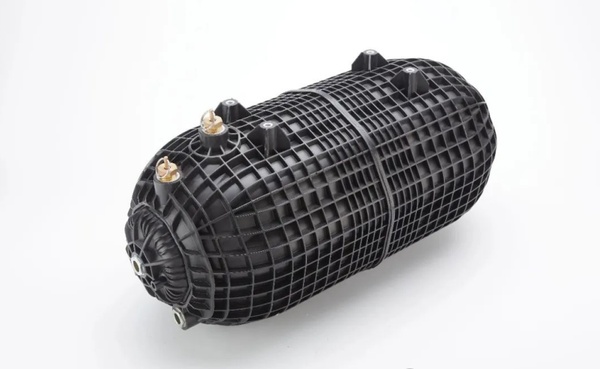
The production process of the gas tank is also more energy-saving because it only requires a one-piece injection molding process, which eliminates the need for the secondary welding process typically required for metal versions.
With the excellent mechanical properties of BASF's innovative material solution Ultramid®, the gas tank exhibits superior rigidity, weld seam strength, and UV resistance. At the same time, the solution's high burst pressure resistance exceeds 50 bar (5 million pascals), meeting the stringent requirements of the application, and demonstrates stable product quality and reliability.
II. Innovative flame-retardant Ultramid® T6000 product, applied to electric vehicle wiring terminals
BASF's newly developed flame-retardant grade Ultramid® T6000 polyphthalamide (PPA) product is now used in terminal blocks. This upgraded solution replaces non-flame-retardant materials, enhancing the safety of inverters and motor systems in electric vehicles.
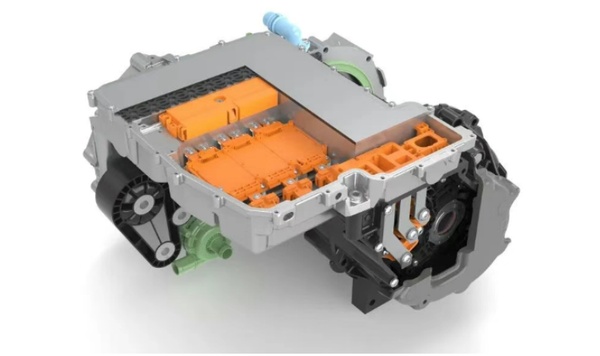
Ultramid® T6000 fills the product gap between traditional PA66 and PA6T, especially demonstrating excellent mechanical and dielectric properties in humid and high-temperature environments. It is easy to process, with lower corrosiveness to molds and injection molding equipment, making it a preferred material for complex automotive components. Ultramid® T6000 is easy to color, including vibrant colors, thus enhancing aesthetic flexibility while maintaining high performance standards.
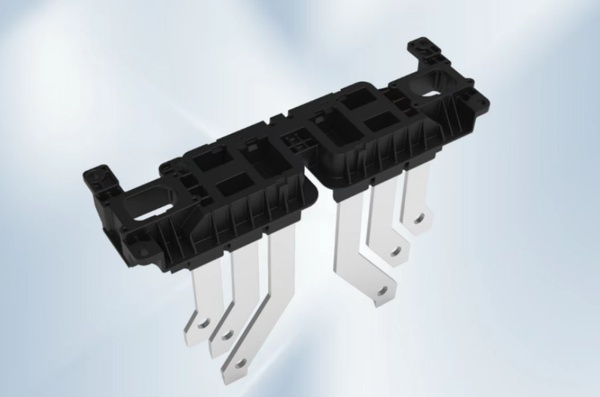
III. Ultramid® T7000, an alternative to metal, is suitable for automotive rearview mirror housings and air brake components
To replace metal materials in structural components, BASF now introduces a blend series of polyamide (PA) and polyphthalamide (PPA), which have higher and more stable mechanical properties than PA66. Whether in dry or humid conditions, the stiffness and strength of Ultramid® T7000 are superior to those of PA66.
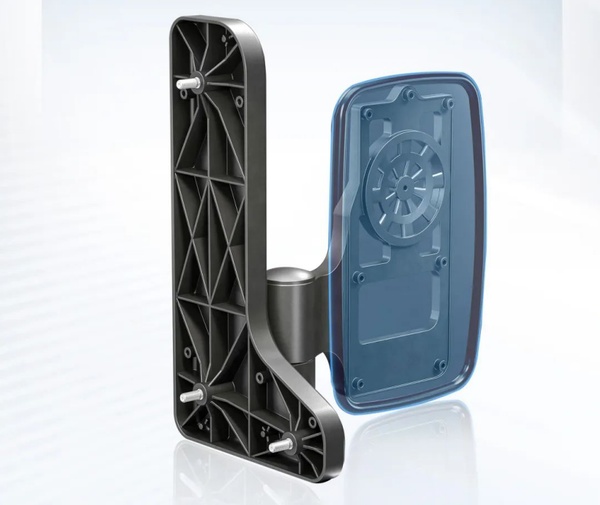
Among them, the polyphthalamide component makes the product have a low water absorption rate, which gives the parts excellent dimensional stability. Ultramid® T7000 is as easy to injection mold as PA66, and the molded parts have a bright and smooth surface. This unique combination of properties makes PA/PPA blends an alternative to metal for structural components working in humid environments (such as automotive rearview mirror brackets, air brake components, valves, and furniture components).
Four, SABIC develops new PPE blending technology suitable for large-scale online sprayable automotive exterior parts
SABIC has developed an innovative PPE blending technology. The new conductive Noryl GTX LMX resin based on this technology combines high heat resistance and extremely low moisture absorption for online spraying, offering superior dimensional stability compared to existing PA, capable of meeting the dimensional stability requirements for repairing flaps in complex electric vehicles.
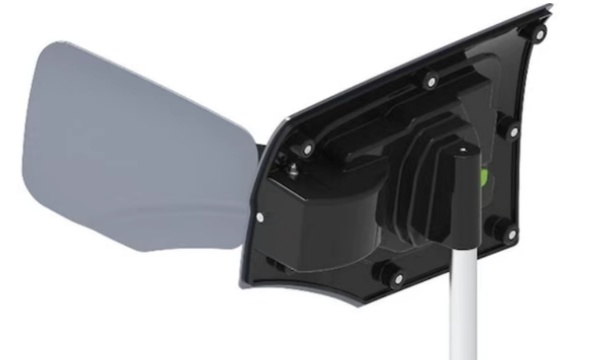
After testing, the material obtained through this blending technology has 85% lower moisture absorption than existing polyamide materials when reaching equilibrium, reduces warpage risk by up to 90%, and has high heat resistance, making it suitable for large-scale online sprayable automotive exterior applications.
V. Trinseo combines DLFT molding process with PC for the production of electric vehicle battery covers
Trinseo Netherlands combines long fiber thermoplastics (DLFT) molding with polycarbonate (PC) to produce electric vehicle battery covers. The long fiber reinforcing materials in the DLFT process further enhance fire resistance, contributing to improved battery safety; the specific integration of long glass fibers in DLFT addresses the notch sensitivity of PC and improves impact resistance.
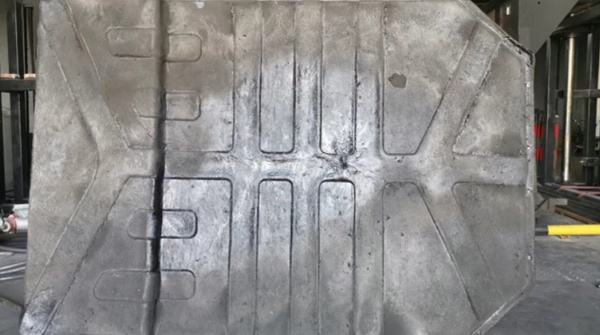
After testing, it has been proven that a full-size 2.8 square meter DLFT reinforced polycarbonate battery cover can withstand the fire test of GB 38031, ensuring good protection of the battery under extreme conditions.
Six, Aemans promotes Grinova H/S series products, used for the electric drive systems of new energy vehicles' high-voltage platforms
Aimans showcased the latest developments of the Grinova H/S series products at the "Step into SAIC - Quality and Efficiency Improvement Technology Exhibition". Grinova H has good thermal stability, dimensional stability, and excellent electrical insulation, with a CTI value of 800V, which can be used in the electric drive systems of new energy vehicles' high-voltage platforms.
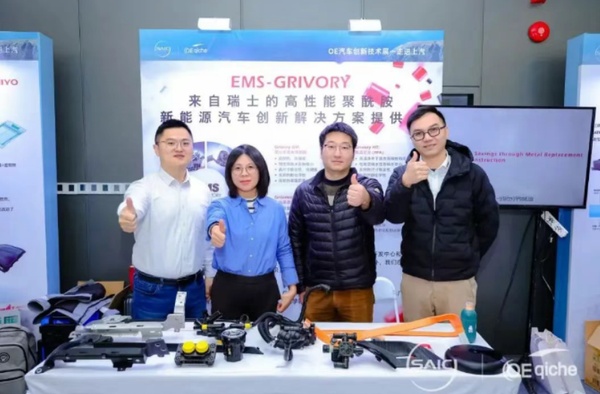
Grinova S can enhance the aesthetics and durability of unpainted vehicle bodies, featuring excellent weather resistance, continuous UV stability, and good mechanical properties, making it very suitable for use in interior structural components of vehicles.
Seven, Wanhua Chemical launches optical-grade polycarbonate material (PC) for use as a headlight cover material.
Recently, Wanhua Chemical's Clarnate® HL6157 optical grade polycarbonate material (PC) has officially passed the lamp cover material certification of Hyundai Kia Group, the world's third-largest automaker, thus becoming the first Chinese company to enter the automotive material supply chain of the group. This breakthrough marks another milestone in Wanhua Chemical's internationalization process for key materials in the automotive industry chain, further demonstrating its global competitiveness in the field of new chemical materials.
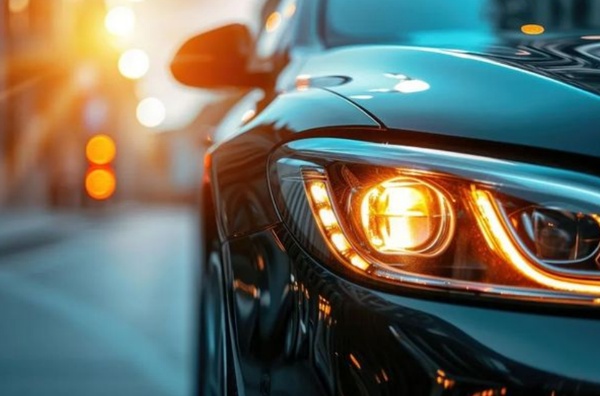
As a core component of automotive lighting systems, headlight cover materials must simultaneously meet stringent standards such as high light transmittance, weather resistance, and impact resistance. Since launching specialized R&D in 2018, Wanhua Chemical's technical team has conducted integrated material-process-structure breakthroughs for headlight conditions, optimizing and enhancing the light transmittance, yellowing index, and impact strength of Clarnate® HL6157. This meets the strict requirements of modern automobiles for lightweight and high safety in headlights, providing stable, high-quality product assurance to the global market.
In summary, companies such as BASF, SABIC, Trinseo, and EMS have all made significant progress in the field of material innovation. BASF has introduced a commercial vehicle plastic tank made from high-performance material Ultramid®, which significantly reduces weight and saves energy during production. At the same time, its innovative Ultramid® T6000 and T7000 series materials are used for electric vehicle terminals and automotive components replacing metal, demonstrating excellent mechanical properties and stability. SABIC has developed a new PPE blend technology suitable for large-scale online sprayable automotive exteriors, improving dimensional stability and heat resistance. Trinseo combines DLFT molding process with PC to produce electric vehicle battery covers that enhance fire resistance and impact resistance. EMS's Grinova H/S series products are suitable for the electric drive systems and internal structural parts of new energy vehicles' high-voltage platforms, featuring outstanding thermal stability, electrical insulation, and weather resistance. Meanwhile, Wanhua Chemical has launched optical-grade polycarbonate materials for use in headlight cover materials. These innovative materials and technologies will drive the automotive industry towards greater efficiency, safety, and environmental friendliness.
Source: Official Websites of Various Enterprises, Blending and Modification
Editor: Shi Shenbing
【Copyright and Disclaimer】This article is the property of PlastMatch. For business cooperation, media interviews, article reprints, or suggestions, please call the PlastMatch customer service hotline at +86-18030158354 or via email at service@zhuansushijie.com. The information and data provided by PlastMatch are for reference only and do not constitute direct advice for client decision-making. Any decisions made by clients based on such information and data, and all resulting direct or indirect losses and legal consequences, shall be borne by the clients themselves and are unrelated to PlastMatch. Unauthorized reprinting is strictly prohibited.
Most Popular
-

List Released! Mexico Announces 50% Tariff On 1,371 China Product Categories
-

Nissan Cuts Production of New Leaf EV in Half Due to Battery Shortage
-

New Breakthrough in Domestic Adiponitrile! Observing the Rise of China's Nylon Industry Chain from Tianchen Qixiang's Production
-

Dow, Wanhua, Huntsman Intensively Raise Prices! Who Controls the Global MDI Prices?
-

Mexico officially imposes tariffs on 1,400 chinese products, with rates up to 50%






